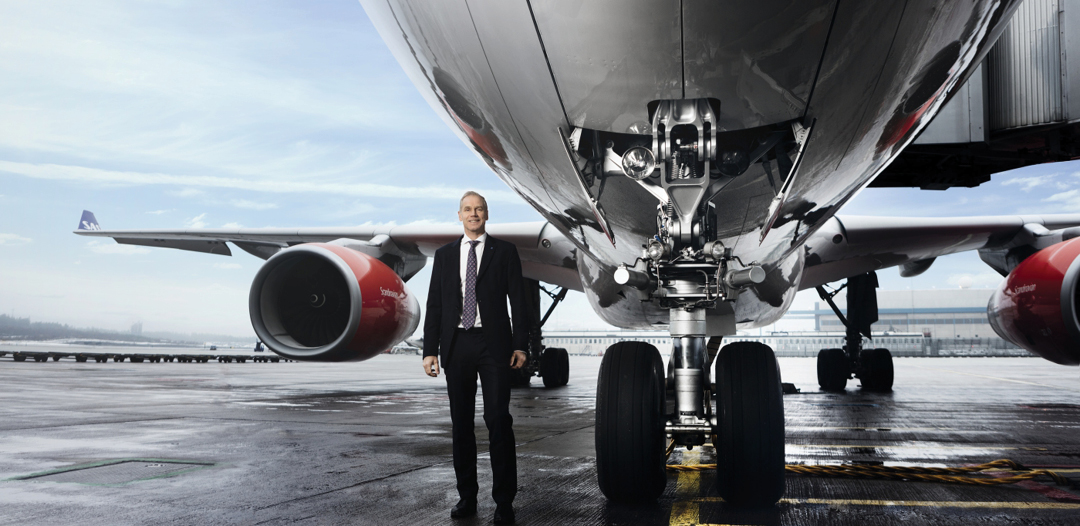How SAS’s Sustainability Strategy is leading the Aviation Industry
A leader in aviation sustainability, Scandinavian Airlines System (SAS) is focused on reducing carbon emissions. By 2050, SAS aims to reduce its emissions by 50% through ‘green’ innovation. As the CEO of SAS AB, Rickard Gustafson shares with SACCNY his insights on what is needed to reach this daring goal and shed light on what sustainability in aviation entails for the industry as well as flying customers.

What are the current sustainability focus areas at SAS, and what does it entail for the employees and customers of SAS? What are some of the complex issues regarding waste and sustainability that are unique to the industry?
Sustainability and reducing emissions are essential for SAS and the aviation industry as a whole. The most significant reductions are achieved by replacing older aircraft with new ones and increasing the use of biofuel. SAS’ goal is to reduce its carbon footprint by 25 percent by 2030. At the same time, we are constantly looking at more sustainable ways of flying, reducing weight and replacing materials.
How do alternative fuels compare to traditional jet fuel? What kinds of partnerships are needed for producing alternative jet fuels?
Sustainable aviation fuels (SAF) reduce aircraft CO2 emissions by approximately 80%. Most modern aircraft are already certified to operate on a 50/50 blend of SAF’s and traditional fossil fuels. This is why SAS continuously collaborates with various stakeholders to promote, commercialize and implement SAF’s and SAS is a driving force to secure large-scale production of advanced biofuel in Scandinavia. The global supply of SAF’s today is far from enough and is currently priced 3 to 4 times above conventional jet fuel.
Travelers flying with SAS can now voluntarily choose to buy biofuel and so help reduce climate-affecting CO2 emissions by up to 80 percent.

Image provided by SAS AB. Copyright © 2020. All rights reserved.
With the goal to reduce emissions by 50% by 2050, what innovation do you think is necessary in order to reach it?
It will be a combination of more fuel-efficient aircrafts, sustainable fuels and future technological innovation to power a large commercial aircraft with zero emissions.
Many of our members are frequent travelers between Sweden and the U.S., do you have any advice on how they can impact sustainability as a flyer?
Traveling is essential for the cultural, political and economic development of our global world. When flying with SAS you should feel reassured that we are doing everything we can to reduce our emissions, on our journey towards a more sustainable future. We also offset all of our Eurobonus members’ flights, which means we compensate for about 40 percent of passenger related carbon emissions. You can also buy extra biofuel when booking your tickets.
INTERESTED IN MORE ARTICLES?
The Swedish-American Chamber of Commerce (SACCNY) produces and publishes well-read articles which reach the Chamber’s entire membership and extended. Content is focused on Swedish-American business and ranges from in-depth interviews with industry leaders to topical articles relevant to startups and young entrepreneurs.
LEARN MORE ABOUT SACCNY
The Swedish-American Chamber of Commerce in New York (SACCNY) is a non-governmental organization with a mission is to promote, advance and protect commercial and professional relations between Sweden and the United States. Read more about our services and members.

